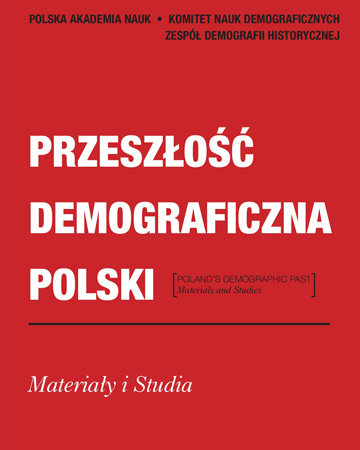Zróżnicowanie wyznaniowe a postawy prokreacyjne magnaterii w XVI i w pierwszej połowie XVII wieku
Religious Diversity and Reproductive Attitudes of the Polish Aristocracy in the 16th Century and the First Half of the 17th Century
Author(s): Marzena LiedkeSubject(s): History, Anthropology, Social Sciences, Geography, Regional studies, Human Geography, Historical Geography, Economic history, Political history, Social history
Published by: Wydawnictwo Naukowe Uniwersytetu Szczecińskiego
Keywords: religious diversity; reproductive attitudes; number of children in a family; magnate (nobility) families
Summary/Abstract: The article is an attempt to answer the question whether professed religious affiliation influenced the number of children in aristocratic Christian families and whether there were other factors with some impact on that demographic parameter. The analysis has been carried out on the database containing the numbers of children who reached adulthood in aristocratic families – 41 Orthodox, 40 Calvinistic and 89 Catholic – living in the Polish–Lithuanian Commonwealth (formally the Crown of the Kingdom of Poland and the Grand Duchy of Lithuania) in the 16th century and the first half of the 17th century.
Journal: Przeszłość Demograficzna Polski
- Issue Year: 39/2017
- Issue No: 1
- Page Range: 49-63
- Page Count: 15
- Language: Polish

